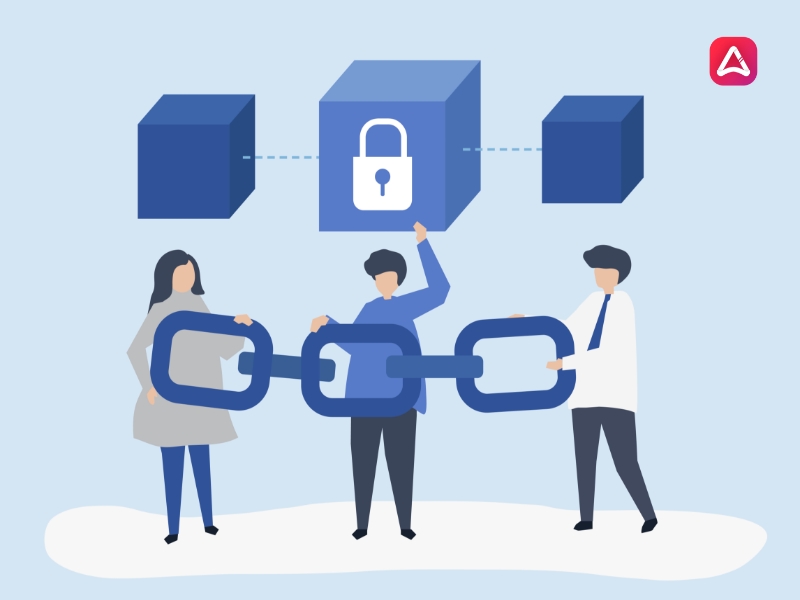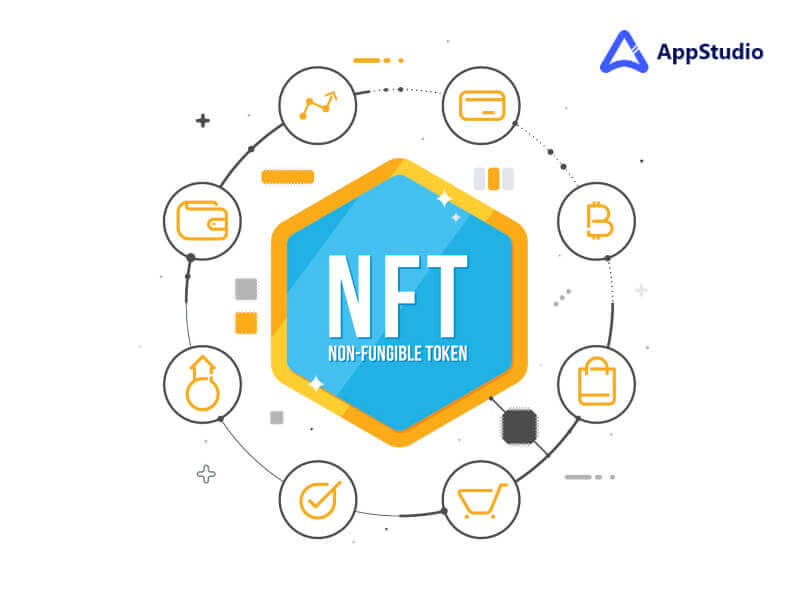Although the beginnings of the ‘blockchain’ are linked to the emergence of crypto-currencies like ‘bitcoin’, the truth is that this technology has spread to different economic sectors. Contrary to what some think, blockchain technology is not just a database, but a set of technologies that allow the transfer of value or asset from one place to another, without the intervention of third parties.
In this sense, the ‘blockchain technology‘ proposes a new model in which authenticity is not verified by a third party but by the network of nodes (computers connected to the network) participating in ‘blockchain’. Hence, no transfer of value (be it money or another asset that has some kind of value) is done through an intermediary, but through a consensus, allowing the information to be stored transparently at all times.
How does it work?
As the name implies, ‘blockchain’ is a blockchain, which contains information encoded from a transaction on the network. And, being intertwined (hence the word string), they allow the transfer of data (or value) with a fairly secure coding through the use of cryptography. To illustrate this idea, it would be convenient to imagine an accounting book where all the entries and exits of money are recorded.
What is truly novel is that the transfer does not require a third party to certify the information, but is distributed in multiple independent and equal nodes that examine and validate it without the need for them to know each other. Once entered, the information cannot be deleted, only new information can be added, since the blocks are connected to each other through cryptographic encryption, so modifying data from a block prior to the chain is impossible since it. I would have to modify the information in the previous blocks.
What Applications do you have?
Blockchain technology has transformed processes in different economic, scientific and other fields. In fact, there are platforms that use ‘blockchain’ technology to make the supply chain of the products we eat visible, managing to follow the path that the food travels from when it leaves a crop until it reaches our table.
Electoral processes can also benefit through blockchain technology since the use of decentralized accounting for vote counting can be a good option to overcome the failures of existing audit systems in elections. In Colombia, the possibility of using this type of technology to systematize property titles or to validate studies abroad has already been studied.
How did it come about?
Three elements influenced the emergence and ague of ‘blockchain. The first is the loss of trust since any intermediary between two people occurs due to a lack of trust between the parties involved, who need a third party to perform any transaction or transfer of value. Indeed, Satoshi Nakamoto talks about this aspect, in the ‘Bitcoin White Card’ that would begin the use of cryptocurrencies: the first case – and best known so far – of the use of ‘blockchain’ technology.
Secondly, the birth promoted by the ‘cyberpunks’ was also a relevant event for the birth of ‘blockchain’. Due to the lack of privacy and unsafe communications, in addition to the release of asymmetric encryption thanks to the first widely used encryption software, the movement that defends freedom of expression and resistance to the loss of user privacy was created in the digital age
Finally, considered as the key element of blockchain technology, cryptography helps the shared information, in the aforementioned blockchain, appear in an encrypted format by large computer networks, to protect it more effectively.
Where is Blockchain Technology going?
Now, it is common to hear terms such as smart contracts and ‘DApps’ (decentralized applications), which are constituted as new ways of using the blockchain.
However, the ‘blockchain’ ecosystem continues to be constantly growing, this is what Michael Sim, an expert at Blockchain Academy Edmonton, who attended Open Talks 2019 agrees. “The true potential of blockchain will be seen as progress is being made in the understanding and adoption of this technology,” he said. Without a doubt, as technology continues to grow, it will be interesting to see how new business ideas will lead the way towards more reliable processes.






